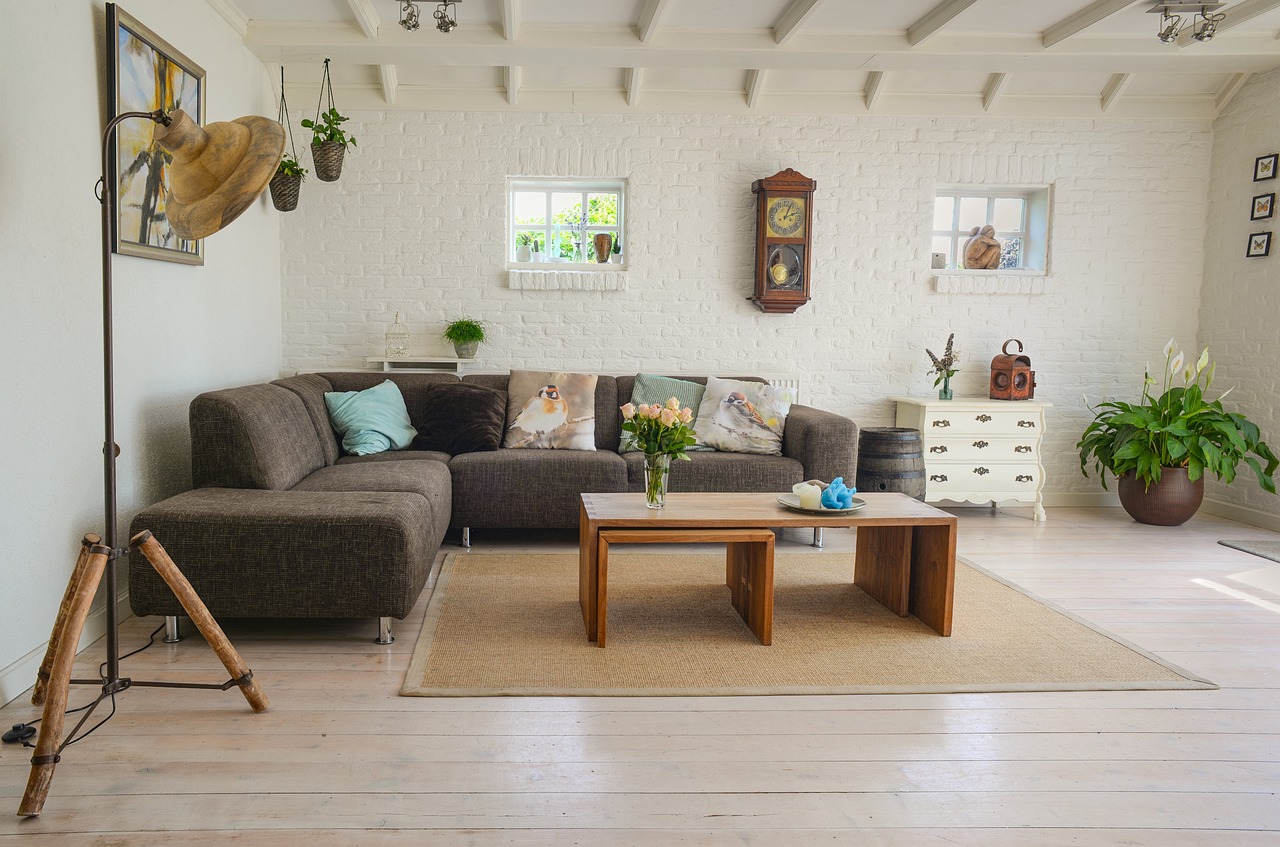Once upon a time, curb appeal meant a freshly mowed lawn and a new coat of paint. Today? It’s a lot more complicated and usually involves a lot more technology.
In a world where buyers can (and do) tour homes from their smartphones, a well-crafted virtual tour can boost your property’s perceived value, increase buyer engagement, and even lead to faster, higher offers.
In fact, according to Zillow, listings with virtual tours get 49% more engagement than those without. This is quite impressive in the world of real estate, whether you’re an agent or the seller!
Still, it’s not just about using the most performant 360-degree camera; there’s more to a good virtual tool than high-def images. You need a blend of tech, visuals, layout, and presentation to help potential buyers picture themselves in the space before they’ve even stepped inside.
In this post, we’ll break down the key elements that separate an average virtual tour from one that sells (at a better price, of course).
1. The Right Technology
No, you can’t be stingy with this one! Your virtual tour is only as good as the tech behind it. A shaky smartphone video won’t get the same results as a high-end, 360-degree camera designed specifically for this.
To make viewers swoon, you need something like the Giraffe360 camera, which allows potential buyers to immerse themselves in the property even though they’re miles away. This camera can create 3D tours that allow users to click through rooms, spin around, zoom in, and get a real feel for the space.
Yes, this technology is a bit pricey (and for good reason), but consider it an investment, not a splurge. In a digital-first market, this is the tech that helps your listing stand out.
2. Visual Quality Is Everything
No one likes pixelated videos or weird angles that look like they’re hiding more than they reveal. The purpose of a virtual tour is to boost your property value, and this means high-definition (1080p or higher), crisp visuals that highlight the home’s features.
Bonus Tip: Use natural light to your advantage. If this is not an option, use soft white bulbs and professional lighting kits to brighten the space. Avoid harsh shadows and yellow-tinted rooms that make your home look like a sepia-toned flashback.
Angles matter too. Use a wide-angle lens to capture more of each room, but don’t stretch it so far that rooms feel warped or fake. Buyers can spot a fisheye trick from a mile away, and this will only make them wonder what else you’re hiding.
For the best results, consider hiring a photographer with experience in real estate. They can also help you put together the video presentation of the property, using the materials created by the 360-degree camera mentioned above.
3. Staging Still Matters
According to the Real Estate Staging Association (RESA), staging may help shorten the time your property spends on the market. However, you should consider all the costs, pros, and cons before deciding whether to use a professional staging company.
Staging’s main purpose is to tell a story, and in a virtual tour, that story has to come through the screen. The best part is that you don’t have to do the staging in real life anymore. You can use a software tool for this (isn’t technology great?).
What matters most is making sure each room has the right context and that the staging feels natural and inviting. Also, add just enough texture — a plant, a throw pillow, maybe a staged coffee mug — to make it feel livable without being distracting.
The goal is to help buyers picture their life there, not yours.
4. Make It Easy to Navigate
A virtual tour must feel natural to navigate. If viewers need a manual just to get from the kitchen to the living room, you won’t see much engagement with your offer.
Use arrows, smooth transitions, room labels, and other elements to provide viewers with a clear sense of direction. It’s best to have a preset flow that mimics a real-life walkthrough for first-time viewers, along with an option for explorers who want to see the property on their own terms.
Bonus Tip: Make sure your floor plan is available either within the tour or as a downloadable image nearby. Understanding how rooms connect is crucial for buyers, especially those trying to visualize space through a screen.
Wrap Up
A well-crafted virtual tour is your property’s first impression. With the right technology, visuals, and user-friendly design, you’ll be able to create a fascinating user experience that’ll bring buyers knocking on your door.



Leave a Reply